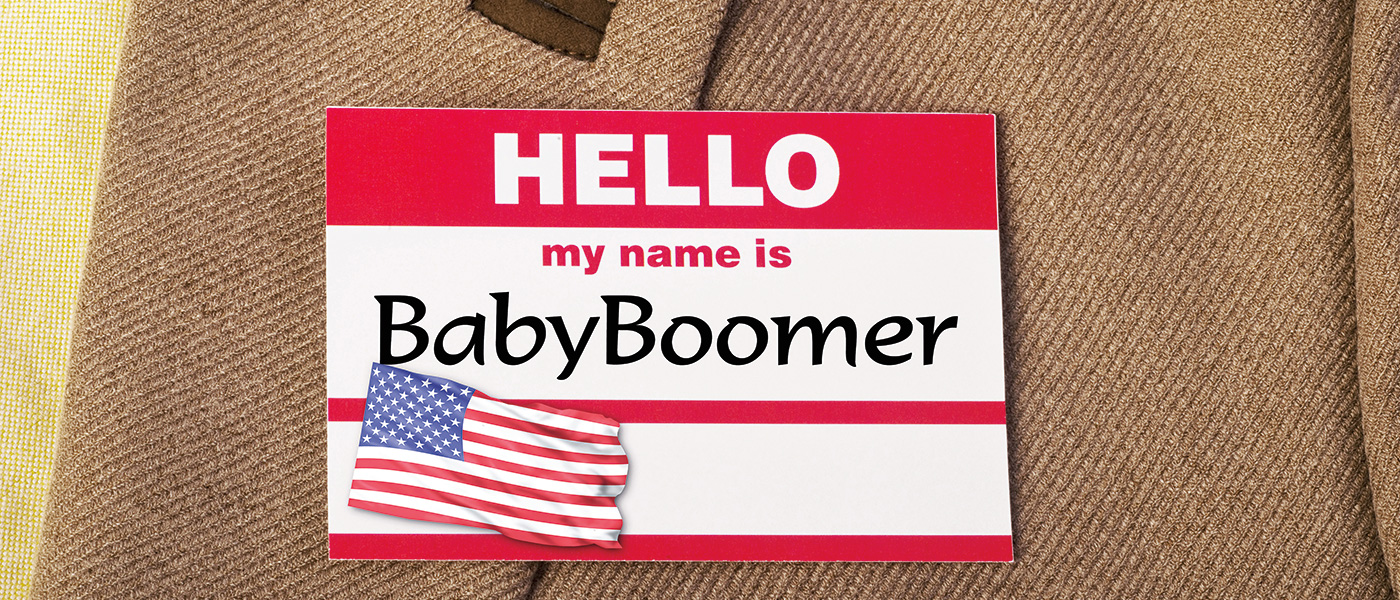
The Pentera Blog
Boomers Will Be No. 1 in Planned Giving - And These Six Strategies Can Help
Baby Boomers are currently second among generations making planned gifts but soon will become the largest group of donors, according to The 2016 Planned Giving Study initiated and funded by Pentera, Inc. Thus it behooves those in the industry to consider the preferences of Boomers when developing strategies and materials for donor education and engagement. The study researched by Indiana University's Lilly Family School of Philanthropy looked at thousands of planned gifts made from the 1970s through 2014.
The study found that 48 percent of planned gift donors were from the Silent Generation (currently ages 71-88), while 31 percent of donors were Baby Boomers (currently ages 52-70). But Boomers will soon become the dominant generation in planned giving for several reasons: more Boomers are entering their prime planned giving years each year; more Silent Generation donors are dying each year; and there are a lot more Boomers—the Silent Generation was originally 47 million while the Baby Boomer generation was originally 76 million.
Six strategies for working with Boomers
Generational marketing research has shown that the various generational cohorts think, act, and give differently—and respond to specific marketing approaches. Whereas the Silent Generation adheres to traditional values such as patriotism, loyalty, and respect for institutions, the Boomers value individualism and idealism and are known for asking questions and seeking more information. The formal marketing communications that have worked so well with the Silents (and the Greatest Generation before them) may not be as effective with the Boomers.
Pentera offers six strategies for marketing to Baby Boomers that are based on The 2016 Planned Giving Study and on Pentera's popular whitepaper, Generational Marketing for Planned Giving:
- Use a mix of traditional and digital media.
- Use optimistic images and messaging.
- Communicate your mission clearly.
- Provide information on planned giving vehicles.
- Include life-stage retirement-planning information.
- Promote your legacy society.
More on generational marketing is available in the whitepaper that can be requested here. The 2016 Planned Giving Study complete whitepaper with many other findings is available here.


